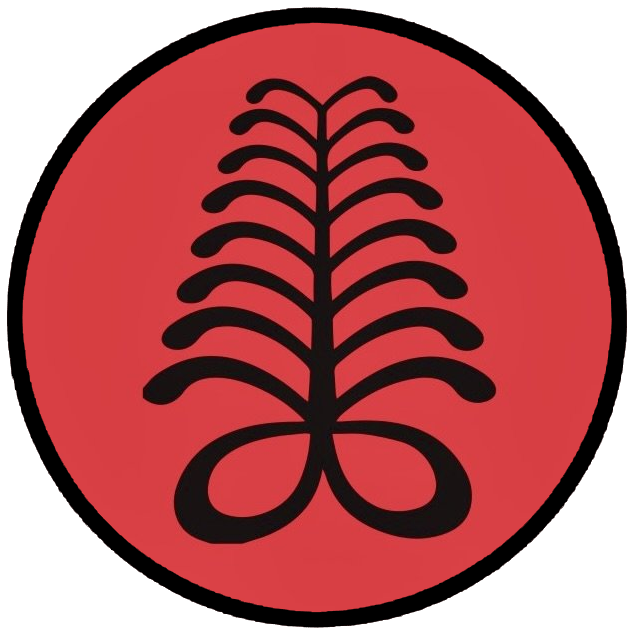Dynamic Loading & HRV-Based Programming
The practice of waking up and adjusting training based on HRV (and how one feels subjectively) reflects a dynamic, autoregulated model of training. It’s not new, but it’s gaining popularity again—especially with older or more experienced athletes who:
• Have a high internal awareness,
• Understand the nuance of effort and fatigue,
• And aren’t chasing performance in a fixed timeline.
This doesn’t suit everyone, especially if you have a fixed life schedule, work, or family demands.
I can be effective with age, since:
• Recovery slows down,
• Injuries become more likely with misjudged intensity,
• And “forcing it” on a bad day has steeper consequences.
Intensity as a Risk Factor
Intensity is the usual culprit when it comes to injuries, especially with older athletes or those with a history of soft-tissue problems.
“Low volume, high intensity = higher injury risk.”
Yep. That combo usually bites. But if someone is:
• Strengthening tendons (with weight-bearing work, gym, and hiking),
• Accustomed to elevation (which naturally moderates output),
• And monitoring readiness daily
Then they’ve earned the “right” to occasionally push the intensity envelope—because their base is robust.
The Hidden Role of Hiking & Strength
• Weighted hiking, long walks uphill, and gym work toughen connective tissue and build durability without the pounding of running.
• These stressors are slow, loaded, and eccentric in nature—which translates into resilience.
• So when intensity is layered in later (bike intervals, tempo runs), the system isn’t as fragile.
In essence, you are pre-habbed before stepping into more aggressive work.
For most athletes this approach doesn’t fit, but, it’s worth learning from:
• You don’t have to throw out the calendar—but you can adopt flexibility.
• Consider using HRV or subjective measures like sleep, mood, soreness, etc. as modifiers, not dictators.
• And recognize that tendon and connective tissue prep (like uphill hiking or gym work) might quietly enable future high-end work without breaking down.
As a coach, I’m not throwing away the calendar. Structure, progression, and clarity are critical—especially when working with busy adults. But this made me think about how we can be smarter within the structure.
Here are a few ways this shows up in my coaching:
• Encouraging athletes to check HRV or mood as a session “modifier”, not just a “yes/no” trigger
• Building in durability work (like loaded hiking, strength, mobility, walking) before asking the body to go faster or longer
• Creating “pivot points” in the plan—days where there’s a primary goal, but options depending on how the athlete is responding that week
• Teaching athletes the value of recovery, not just physically but emotionally and mentally
Sometimes, the most powerful shifts don’t require overhauling your life. They just require observing what works for others, taking what’s useful, and weaving it into your own context.
